The criteria for divisibility are guidelines that help us to quickly know if a number is divisible or not. In other words, it lets us know if a number divides evenly or not.
The criteria for divisibility are very useful. They help us easily find the divisors of a given number. They are especially helpful when we have to break down numbers into prime factors or when we need to know if a number is prime. The criteria give us hints for when we have to simplify fractions, and it’s useful for many other things as well.
Click on each number to learn it divisibility criteria.
Let’s do an example:
If there are 268 kids at a beach that want to compete in a group sandcastle competition…

Would they be able to form 2 teams with an equal number of kids, while not leaving any kid without a team?
Yes, the number 268 is divisible by 2, so they can make 2 teams.
Would they be able to form groups of 5?
No, they can’t because the number 268 doesn’t end in 0 or 5, so it isn’t divisible by 5.
What about groups of 10?
No, it’s not possible because the number 268 doesn’t end in 0, so it isn’t divisible by 10.
If you want to learn much more elementary math, try Smartick for free!
Learn More:
- Divisibility Guidelines for 5 and Some Examples
- Learn the Criteria for the Divisibility of 5
- Divisibility Criteria for 3, 4, 9 and 11
- Prime Numbers Activities with Smartick
- Divisibility Guidelines for 6 and Some Examples





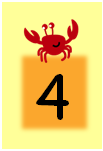
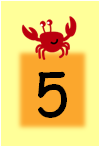



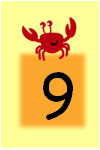

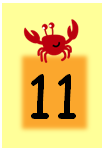
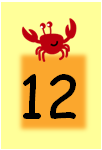
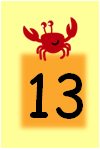





This is good for math